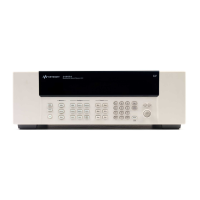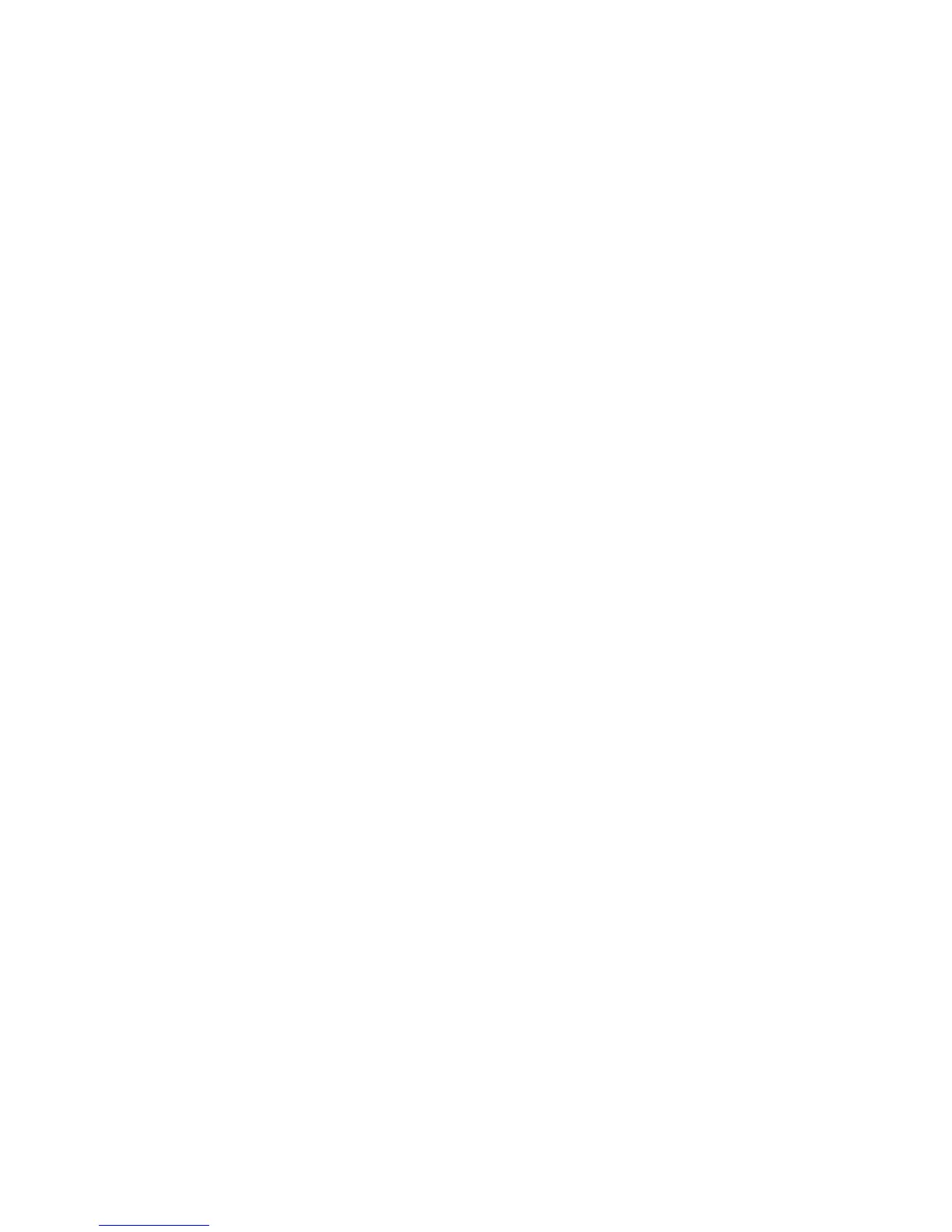64-Bit Digital I/O Module with Memory and Counter 10
34980A User’s Guide 279
Trigger the output. When the default trigger source is used, the
SOURce:DIGital:MEMory:STARt command triggers the output. The selected
trace will be output when the handshake occurs.
If the trigger source has been set to one of the interrupt lines (see page
page 281), the output will wait for the interrupt to occur and then the
handshake to occur before the trace is output.
You can also output the trace one sample at a time on the data lines using
the
SOURce:DIGital:MEMory:STEP command. This command outputs one
sample and then puts the memory in the stopped state. The STEP
command also overrides the interrupt line so it can be used to trigger a
transfer even if the interrupt line is set to be the trigger source.
Deleting Traces
You can delete traces in memory to recover the memory space. Use the
TRACe:DELete:NAME command to delete a specific trace. Note that deleting
a specific trace does not de- fragment the memory. You can delete all
traces using the TRACe:DELete:ALL command.
Buffered (Memory) Input
Each bank on the 34950A has its own memory for use in buffered
transfers. Changing a bank from an output to an input will clear all
memory for that bank. The general steps to use input memory are:
1 Set the channel width and parameters.
2 Set the handshake mode.
3 Set the number of samples to collect.
4 Start the capture.
5 Check the status of the transfer.
6 Retrieve the captured data.
Set the channel width and direction. Use the CONFigure:DIGital command
to set the channel width, direction, thresholds, and polarity. See page 267
for basic input operations.
Set the handshake mode. You must use synchronous handshaking mode.
Handshaking is described in more detail on page 270.

